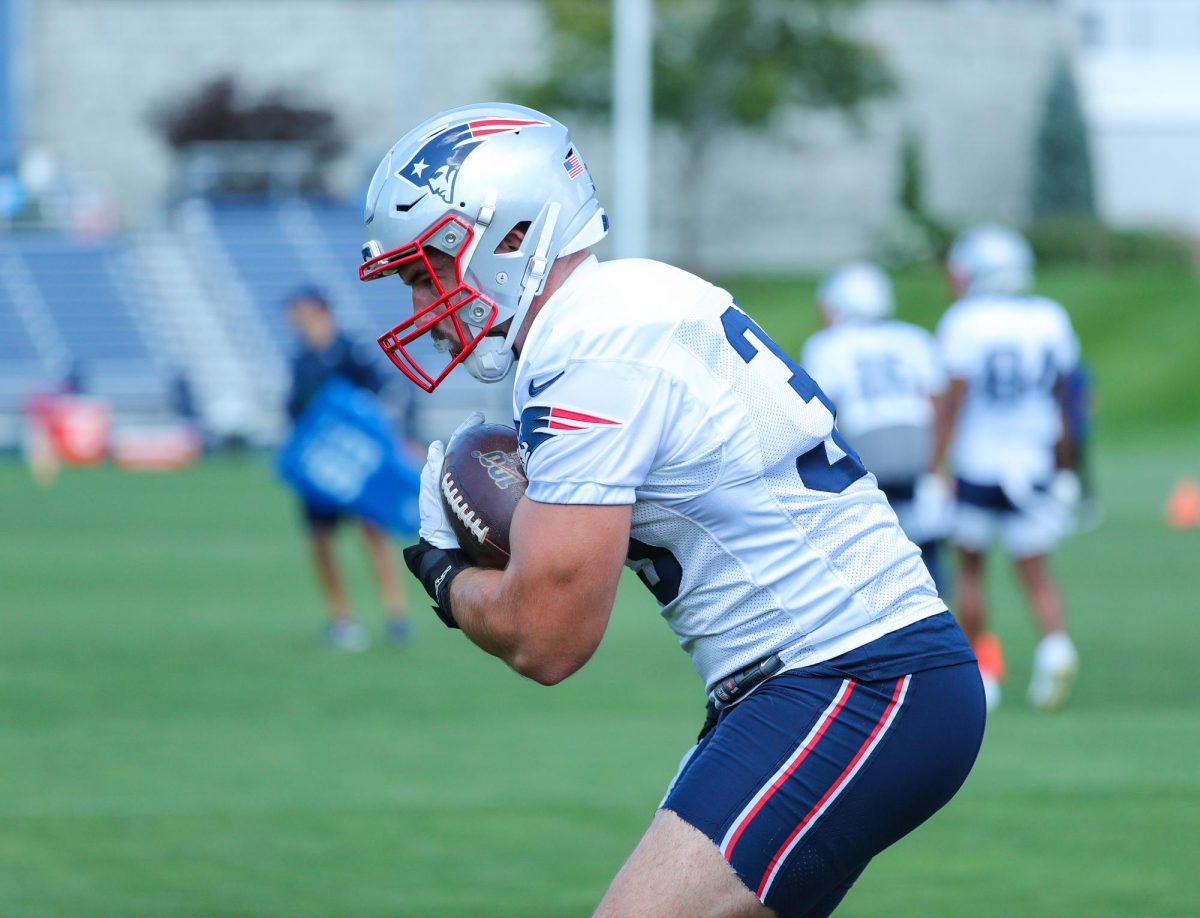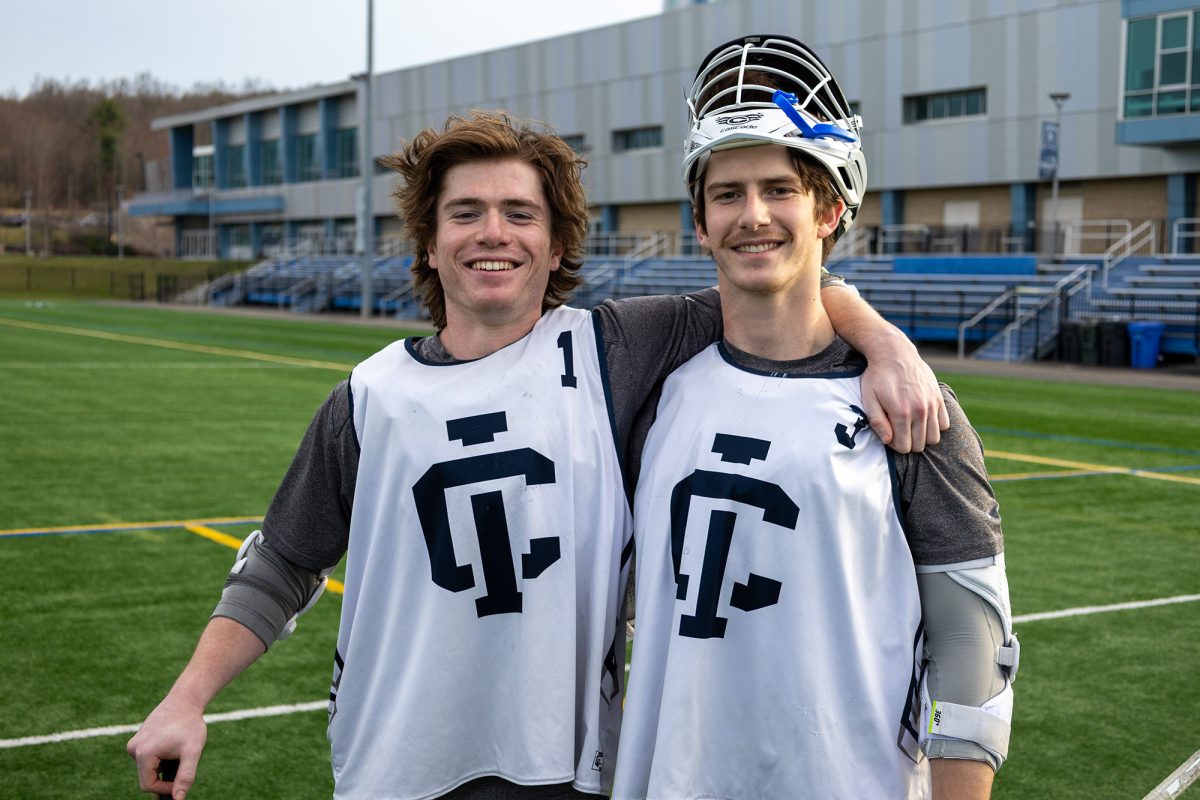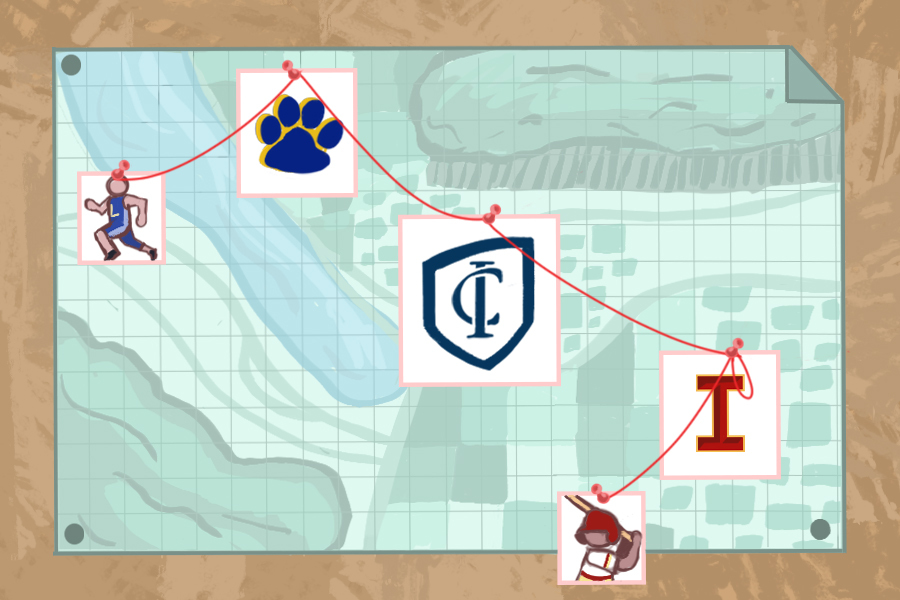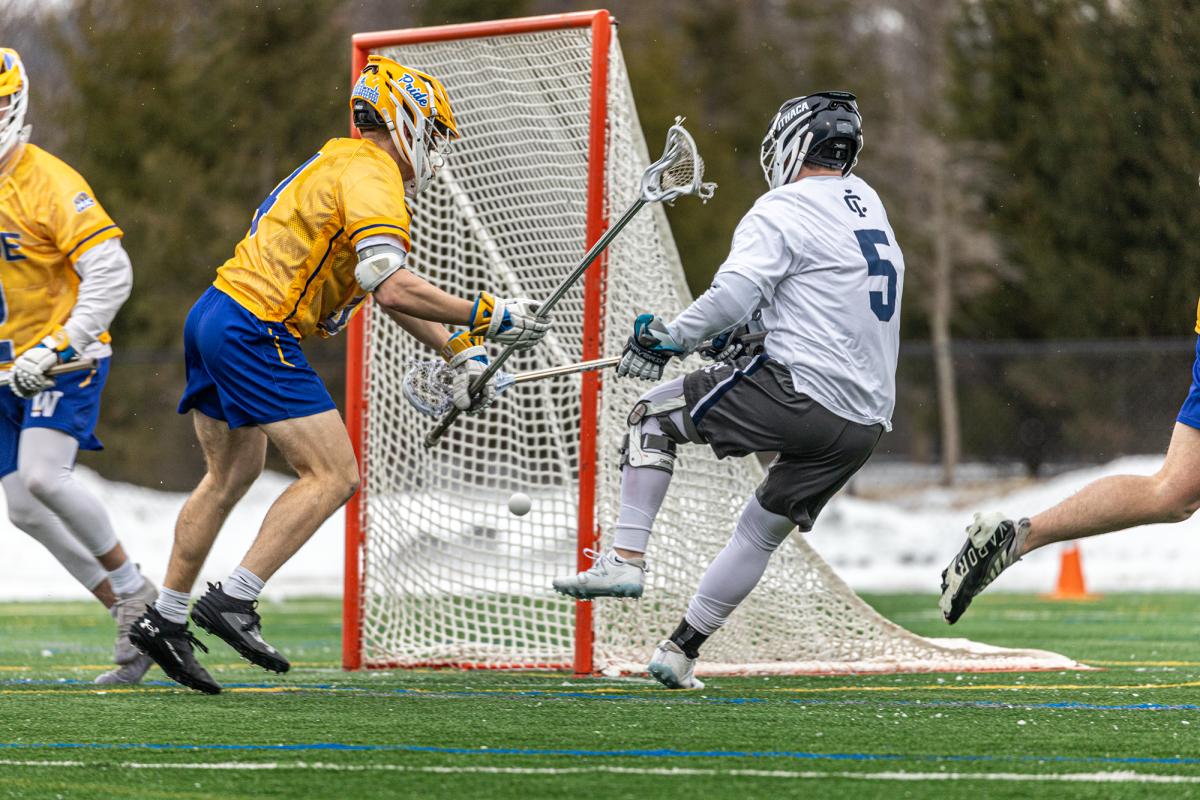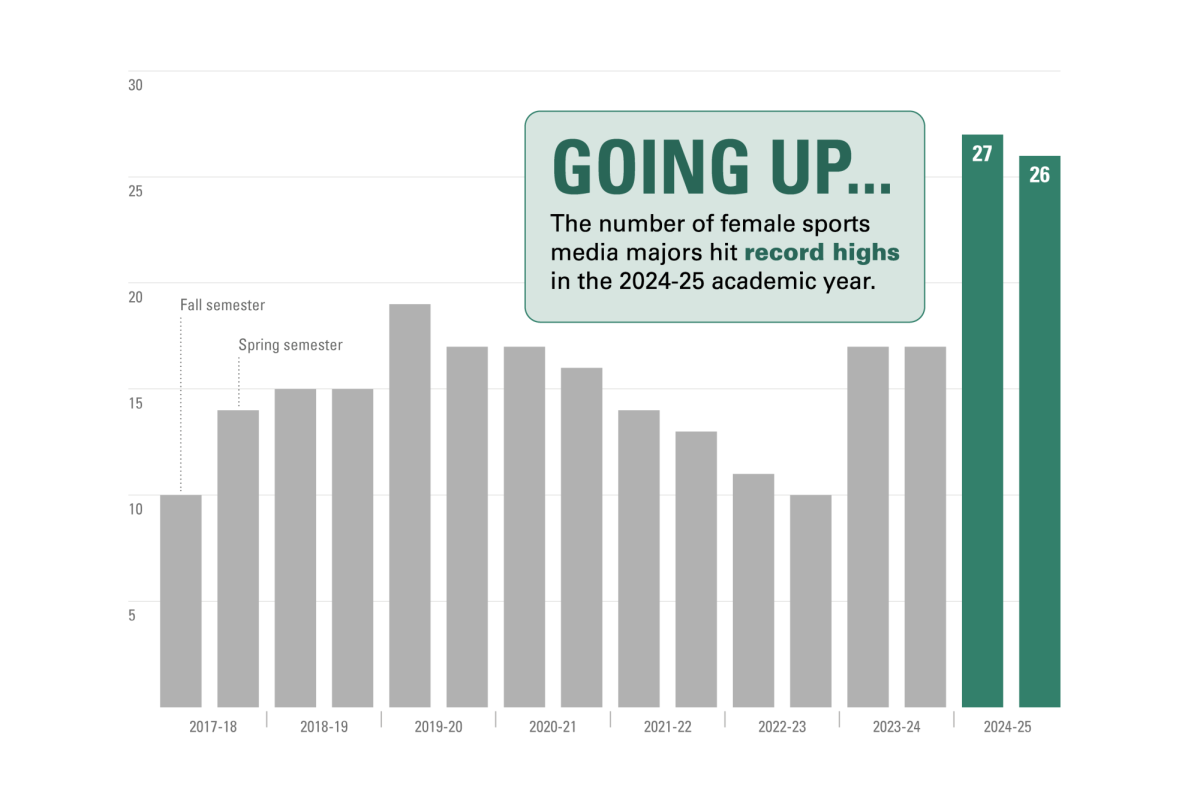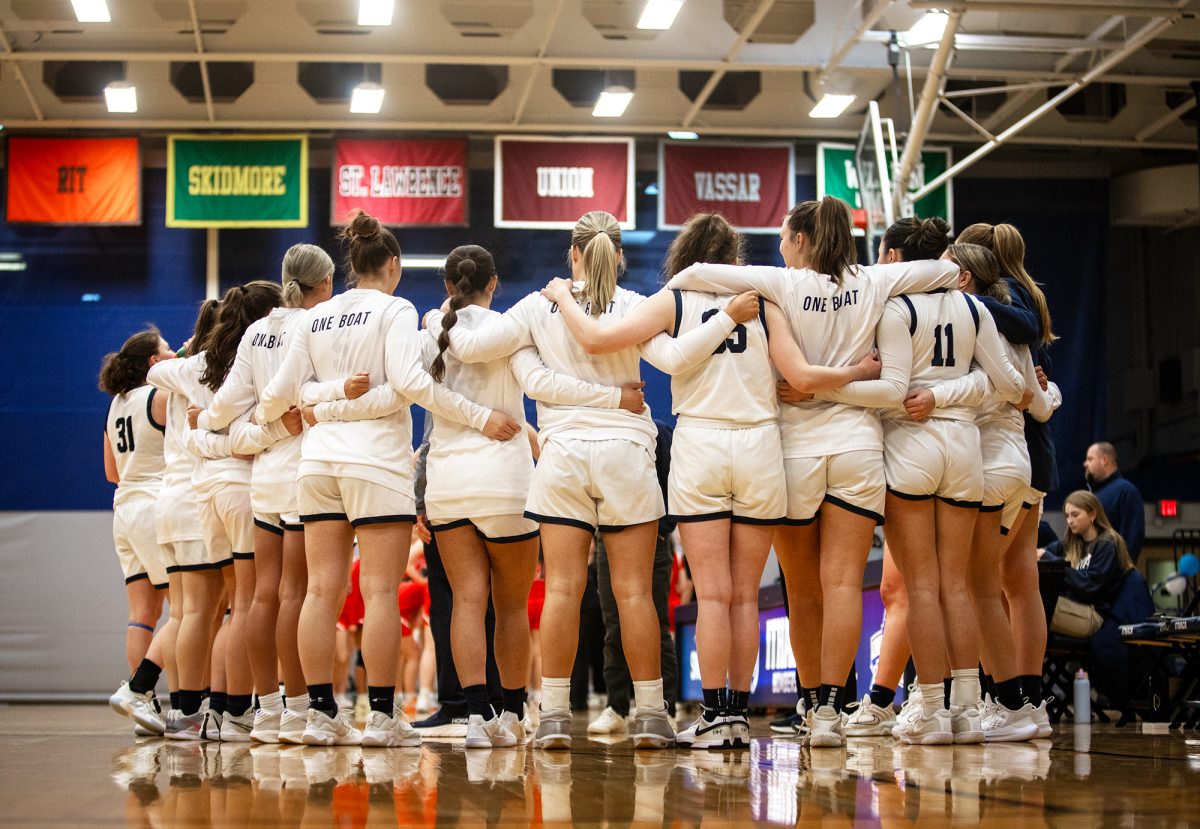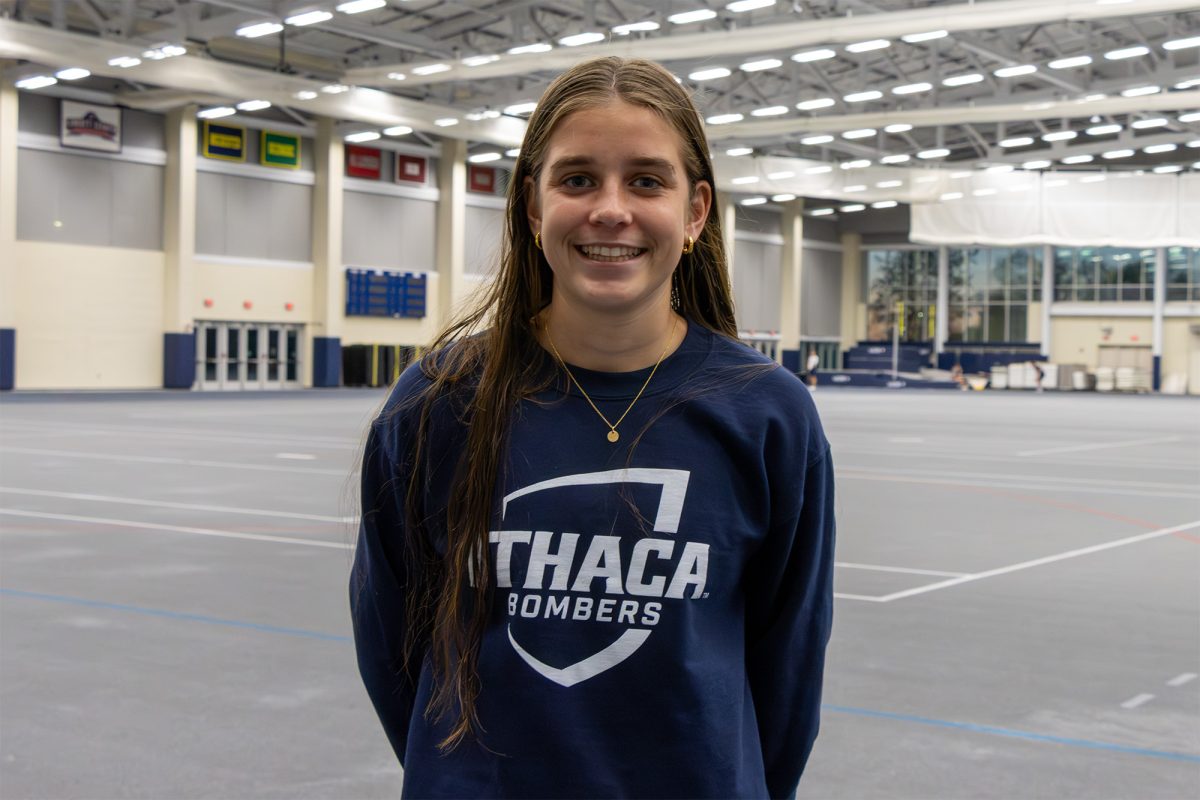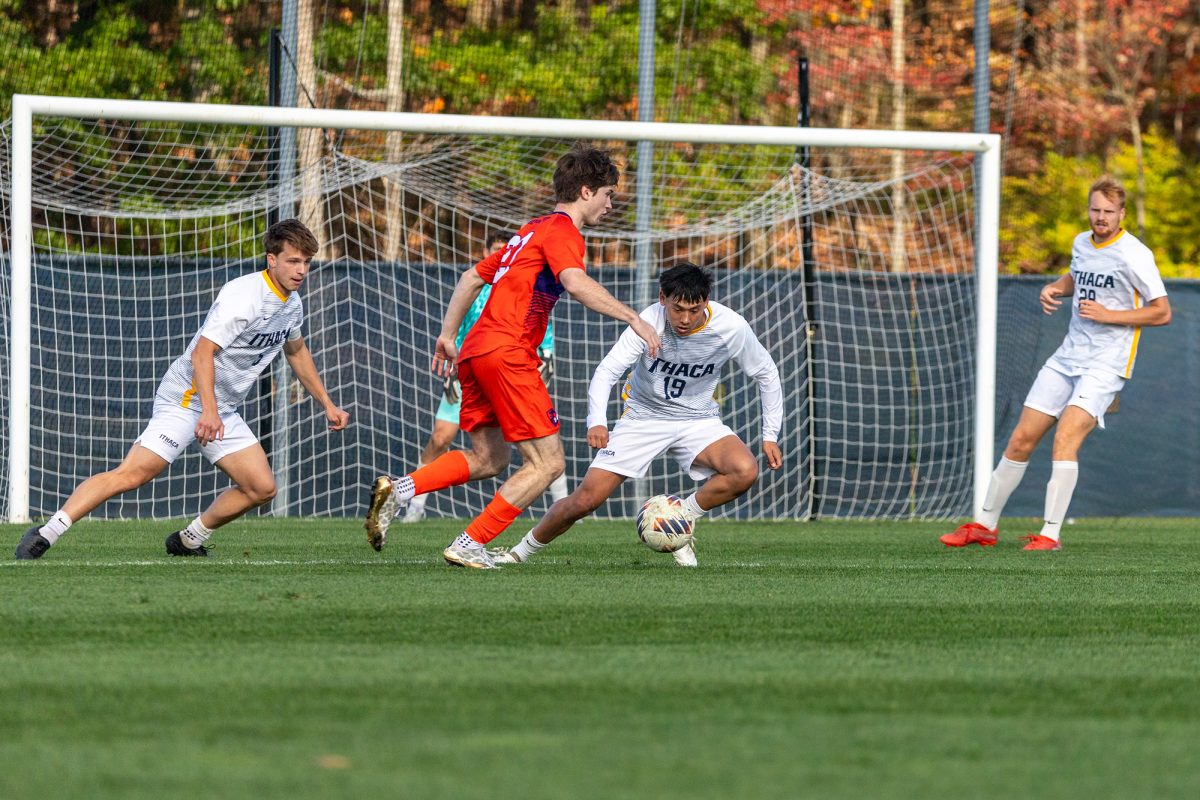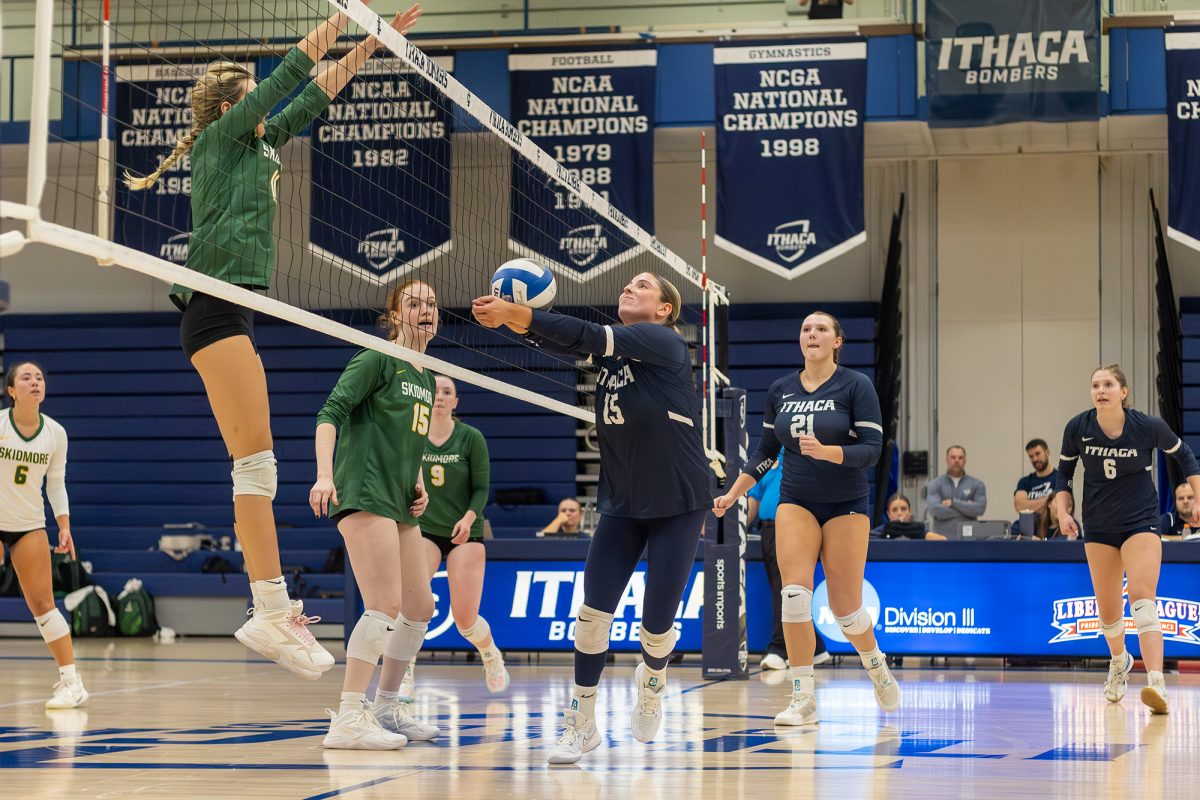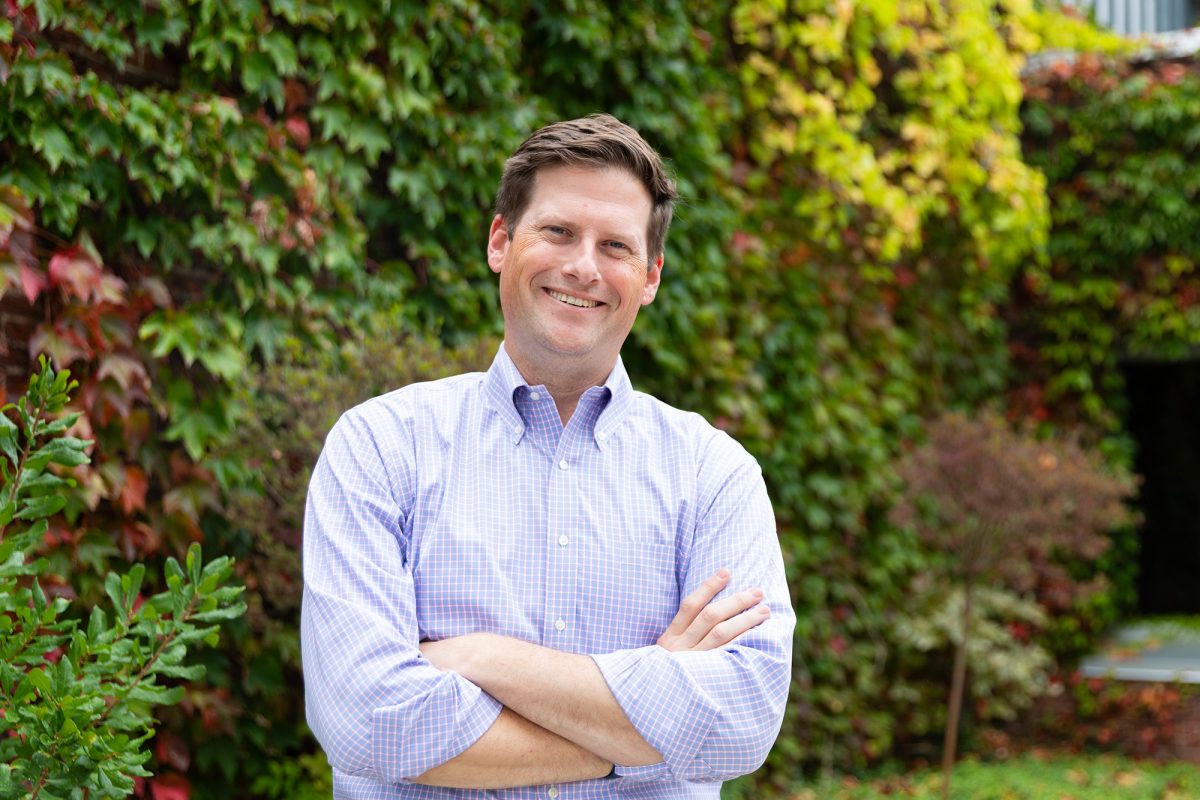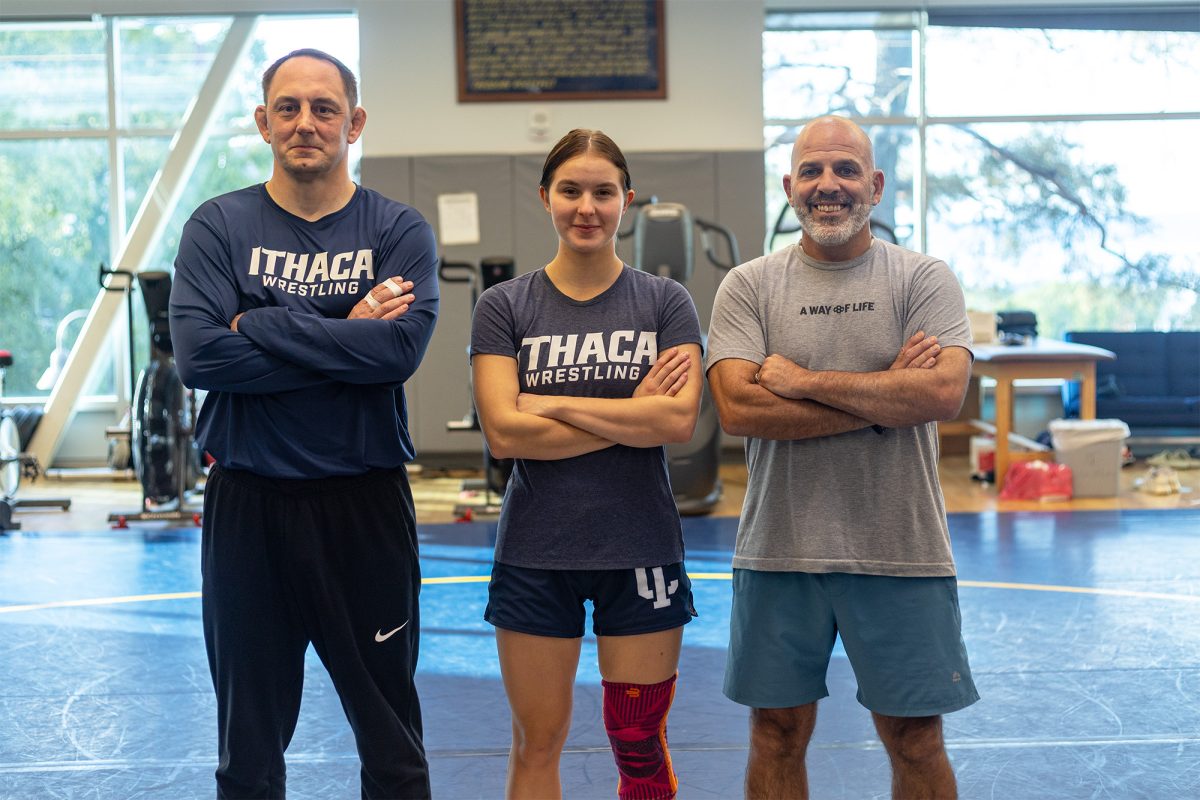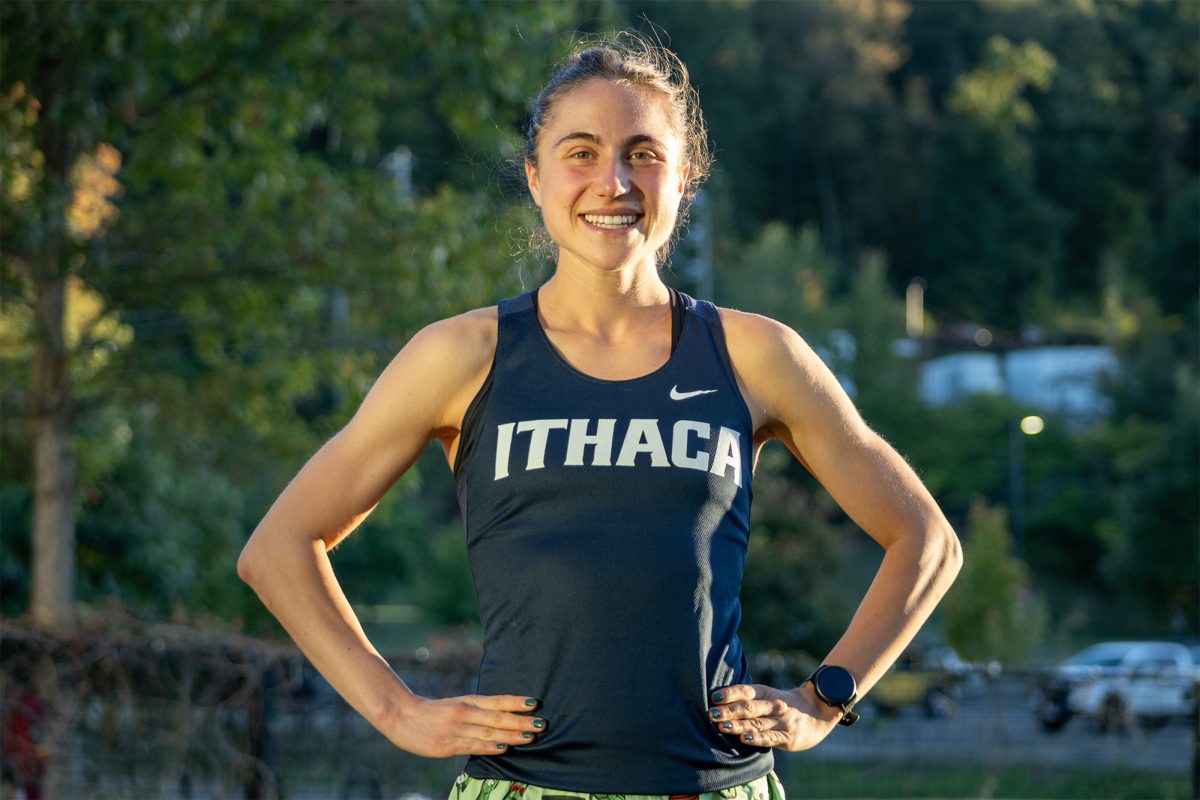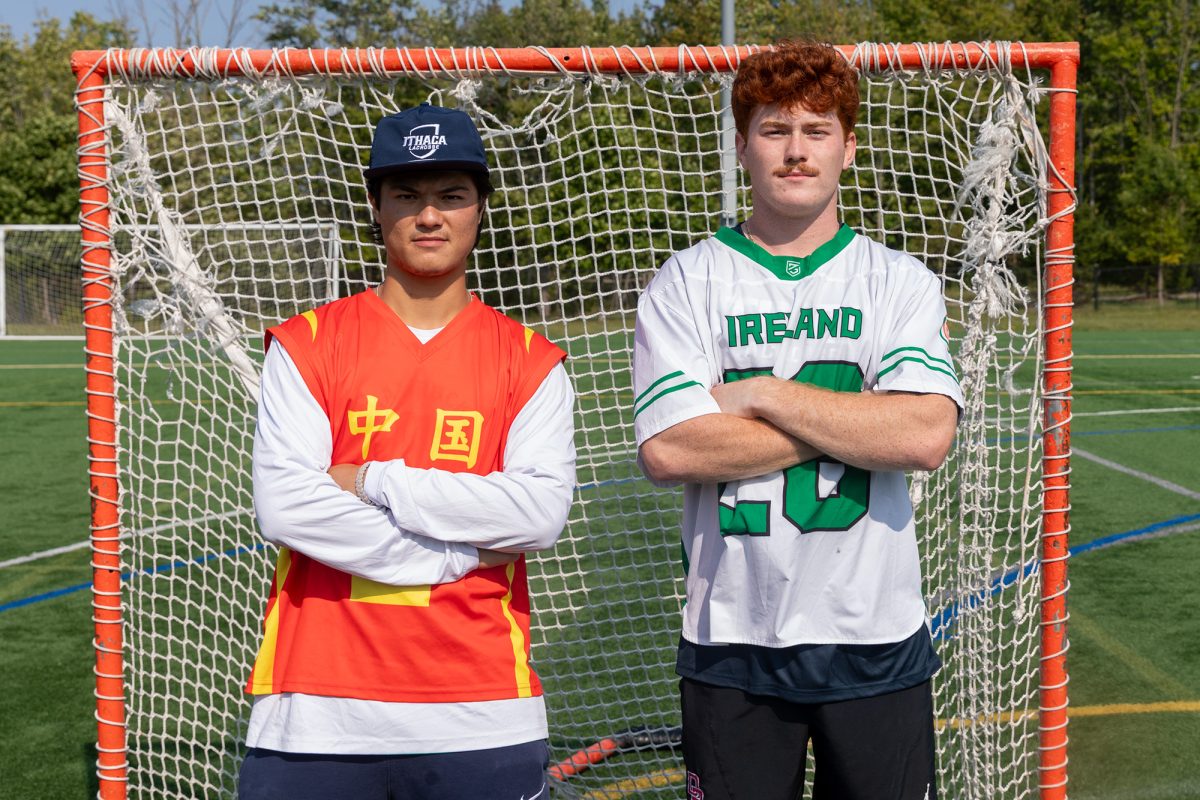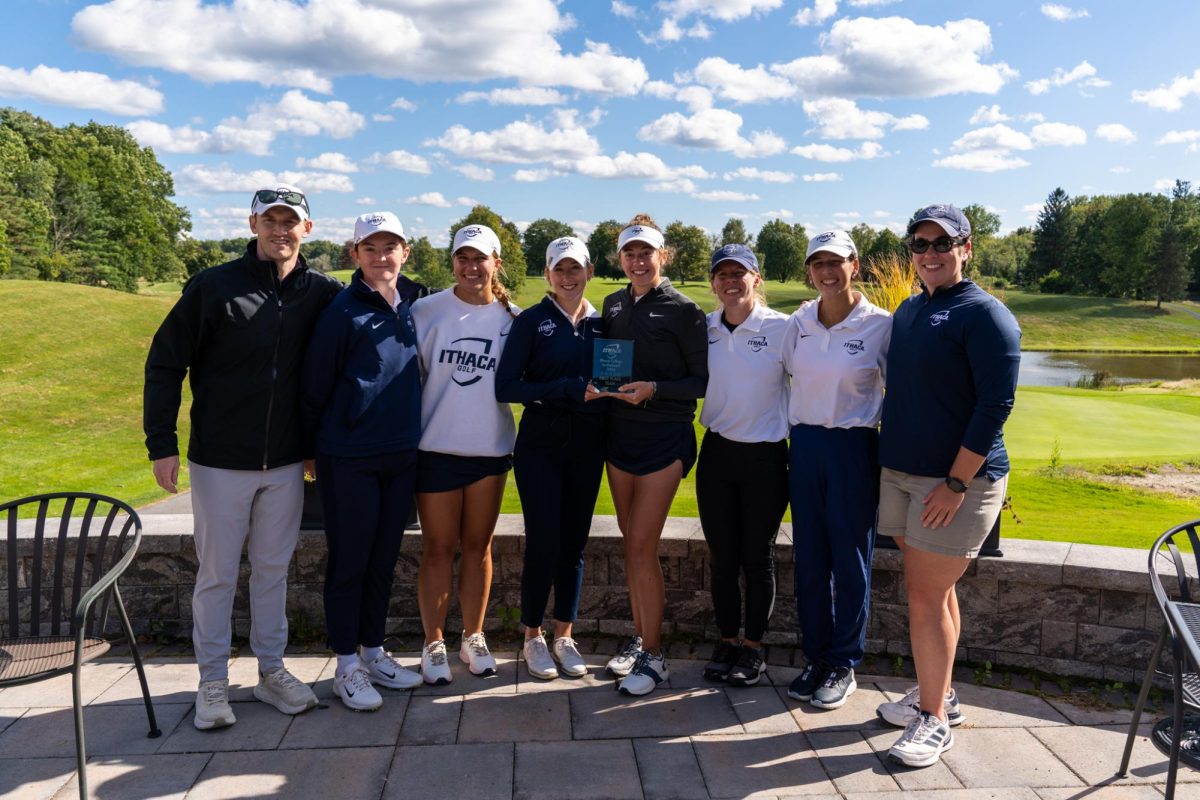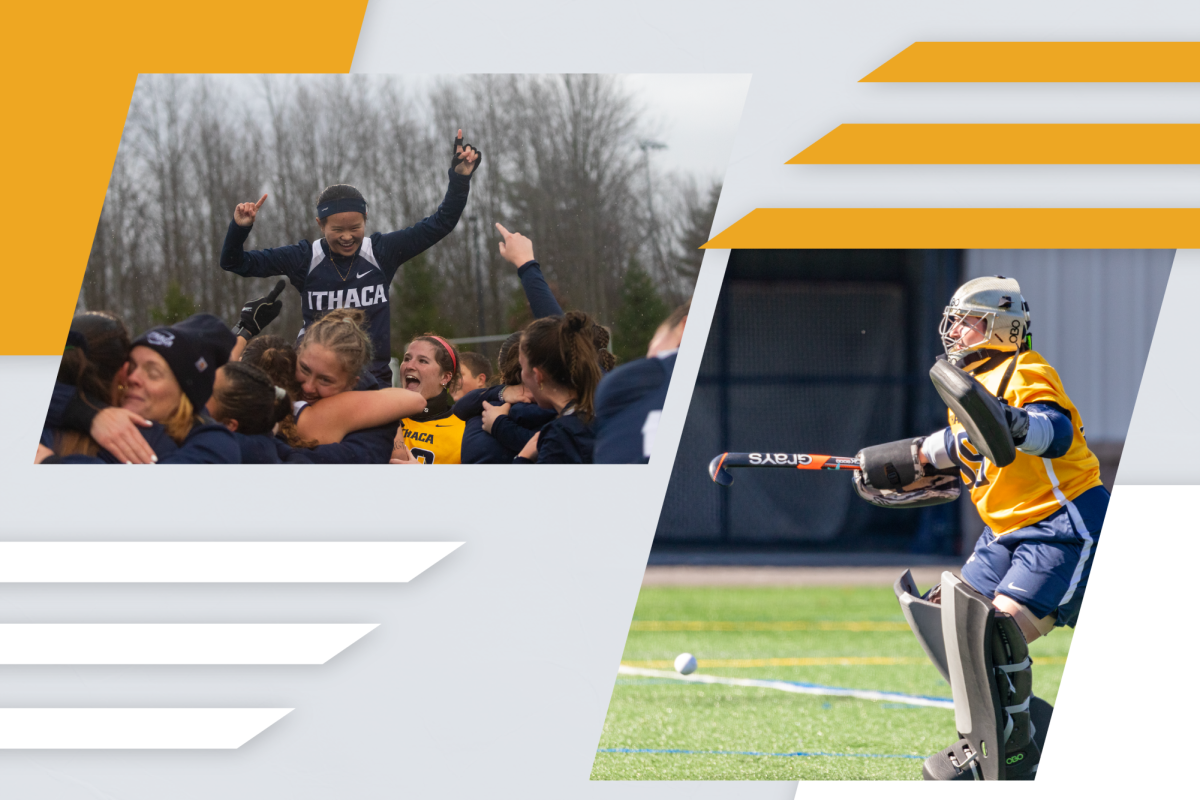Every injury requires a set of recovery steps in order to reach the maximum level of competition. For Division III athletes at Ithaca College, Todd Lazenby, assistant athletic trainer, said the severity and the stage of the injury determine the treatment.
“The recovery process all depends on what stage the athlete comes to us,” Lazenby said. “That plays a role in how we take them through the steps of strengthening aspect, but it is also important to see the way the athlete feels and the confidence they have in doing what they need to do.”
Concussion:
Last season, senior soccer defender Alexandra Liese slipped into a deep haze after a head-to-head collision with a player from St. John Fisher College.
“I went up for a header with another girl on a 50/50 ball, and I hit some part of my head on her head,” Liese said. “I went down and took some time to make sure everything was fine, and I felt OK, so I played the rest of the game.”
That night, Liese went home with a large welt on the front of her head. But soon after bending down, she felt a sharp pain shoot from the bump throughout her head. Alarmed by the pain and clouded by the fogginess of her thoughts, Liese decided to see a trainer the next day.
Liese underwent an ImPACT test to measure her memory ability, reaction time and attention span. Athletes take this exam when they enter the athletic program freshman year to give trainers a comparison for head injuries.
After pacing through the exams, Liese was stunned as she learned she could not practice or play games for a week and a half.
With a few days of rest, Liese returned to practice and observed from the sideline, trying to focus on the plays and what the coaches yelled out during scrimmages. Liese shouted to the defenders to give advice from her perspective, but she frequently took breaks from the tiring strain of the concussion. Though she tried to rest, Liese itched to return to the field, focusing more on this desire rather than supporting from the sideline.
Once she passed the ImPACT exam, trainers allowed Liese to return to full competition. But about a month later, Liese collided with an opponent during a game, re-aggravating her injury.
This season, Liese hopes to lower that risk by heading less at practice and wearing headgear to distribute the effect of head-to-head contact throughout her head rather than in a single concentrated area.
“It makes everyone, including myself, feel better when I wear it,” she said. “I now know how to deal with an injury of that caliber.”
Shoulder:
During his sophomore year, senior wrestler Cristopher Ramirez had an MRI on his shoulder after abusing it for two seasons. He had a torn labrum and 14 different bone fractures. Ten days later, he was in the hospital getting what he called his “new shoulder.”
Ramirez was in a sling for eight weeks before beginning six months of grueling rehab. During this time, he began to grapple with his inability to return to top-performance level and the mental struggle paired with an injury.
With the constant pain from being sedentary, Ramirez grew fearful that he would never surpass it.
“I felt like I was in more pain than I was in before,” he said. “I knew it would help me in the long run, but I was too preoccupied with the fear of what was to come and if the pain would get better.”
Ramirez attended physical therapy two days per week, for one- to two-hour sessions. He worked through a series of strengthening exercises, including shoulder extensions and rotations. Ramirez said the hardest part of this process was resisting his desire to skip his rehab.
“It was really hard to be patient because I kept thinking about how this surgery would affect my following year of wrestling,” Ramirez said. “I knew I was never going to be the same again.”
When away from a trainer, Ramirez wore a brace for extra support and exercised at home to push ahead in his recovery. Finally, following six months of rehab work, Ramirez was cleared by doctors to wrestle again.
Ramirez said it was a turning point for his mental strain because he had reached his goal and was free to return to wrestling.
“I was cleared three and a half weeks before I was supposed to be cleared because I really pushed myself in rehab, so I was ahead of schedule the whole time,” he said. “I was excited to hear him say I could wrestle. I said, ‘All right, lets see what I can do.’”
Hand:
Shuffling her feet across the floor, women’s basketball junior guard Samantha Klie’s peripheral vision caught sight of the ball. She reached in for a steal, jamming her left hand against another competitor’s chest.
With the pain in her hand increasing through each play, Klie decided to stop by the trainers after practice.
“I thought I just jammed it,” she said. “They used the tuning fork to tell if a bone [was] broken, but it did not hurt me like it should for a broken bone, so they thought it was just a sprain.”
Klie continued to play for two weeks before noticing her fingers were rotating abnormally. The trainers sent Klie to get X-rays, which confirmed her worst fear — her hand was broken.
The Bombers’ starting point guard was shocked and distraught with the idea of missing four to six weeks, including postseason participation.
To speed up recovery, Klie worked her right hand, even though she wanted to heal her left. During practice, Klie said she used a mound of putty to perform flexing and rolling motions to strengthen her broken hand.
“I was a wreck because I was going to miss the rest of the season, so I was willing to do anything,” she said. “I tried to strengthen my other hand while in the cast to help send the message over to my broken hand in order to increase its strengthening and healing as well.”
After more than a week in the cast, Klie returned home to New Jersey to get a second opinion from a hand specialist. The specialist took off Klie’s cast and concluded that she no longer needed to wear it.
With approval to play, Klie was overwhelmed with emotion as she walked onto the court just a week before the Empire 8 tournament began. Her off-court experience gave her time to reflect and be a supportive teammate.
“We had to bring two girls up from junior varsity,” she said. “A big part of my role was to give them advice because it was their first time on the varsity level. I focused all of my energy into supporting everyone and helping with strategy we were going to use.”
Knee:
Recovery is never an easy process for a postoperative patient, but when you put an athlete that chooses to not have surgery into rehab, it is a whole different feat.
Will Carter, graduate student linebacker of the football team, knew from the moment he was chop blocked below the knees by a Utica College offensive lineman that something was wrong.
After getting his X-rays and MRI scans back, Carter discovered the injury was worse than he could have imagined — a hyperextended knee, partially torn ligaments and bone fractures.
After multiple exams and three consultations, including a visit to the the Hospital for Special Surgery, Carter decided to opt out of surgery and work on his knee with rehab alone.
Carter spent more than eight months training about four hours a day to gain back basic abilities that many athletes don’t think about. Without a cast, Carter worked through the pain of the bone fractures, and once they healed, he was then able to focus on more difficult tasks, like jogging.
“Being able to flex my quad, being able to flex my calf and eventually being able to bend my knee may sound simple,” Carter said. “But when you have a severe injury like that, every inch counts.”
Even with the dramatic turnaround, Carter’s recovery was not definite, making his return to football up in the air. At some points, Carter said he doubted his return. But when he thought about how much football meant to him, Carter could not give up just yet.
“My prime motivation was that I have been playing this game since I was eight years old,” he said. “My main goal [was] to be able to finish the season and know that I did everything that I could do for my team, and it wouldn’t have been like that if I went out after my injury.”
With a successful recovery and a handful of doctor’s notes, Carter received his eligibility for a fifth year with the team. After a successful season of spring football and more development throughout the summer, Carter now leads the Bombers as a captain for the 2013 season.
Ankles:
For sophomore outside hitter Rylie Bean, one sprained ankle limits movement during a volleyball match, but two sprained ankles result in taping and braces.
Bean competed in the Desales Invitational on Aug. 31 when she rolled her left ankle in the first match. With the pain only lasting for a split second, the Blue and Gold’s outside hitter continued her participation throughout the day.
After completing the tournament, Bean felt the pain radiating throughout her entire ankle. She limped off the court, but the pain increased.
Bean returned to practice, but after looking at her ankle, the coaches gave her the day off to see the trainers. She began her “Game Ready” therapy, a new technology that imitates a muscle contraction on the injured area. It cools the tissue to create a faster and more in-depth recovery process.
Bean placed her ankle into an iced compression system for 20 minutes each day to help with the swelling. Once she began to walk more comfortably, Bean pushed through ankle rolls and balancing exercises with the trainers to strengthen the ankle and avoid a relapse.
With her ankle improving, Bean was allowed to practice and compete in tournament play, but a few weeks later, she injured her other ankle. In order to strengthen both sprained ankles for competition, Bean said she continued rehab and invested in braces for practice and matches.
“My left ankle is still painful after I play, so as much as I would have hated sitting on the bench, I probably should have because my ankles would have healed a lot better,” she said. “I have never had this problem before, so I really want to prevent it.”
Along with her own precautions, Bean said the entire Bomber squad is now taking steps to help prevent future injuries for the athletes and keep the South Hill squad healthy.
“When I first hurt my ankles, I was doing things I should not have done,” Bean said. “I have learned from it and the team has too, so now we work on our spacing in practice a lot so that it does not happen again.”


